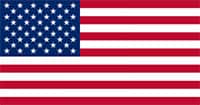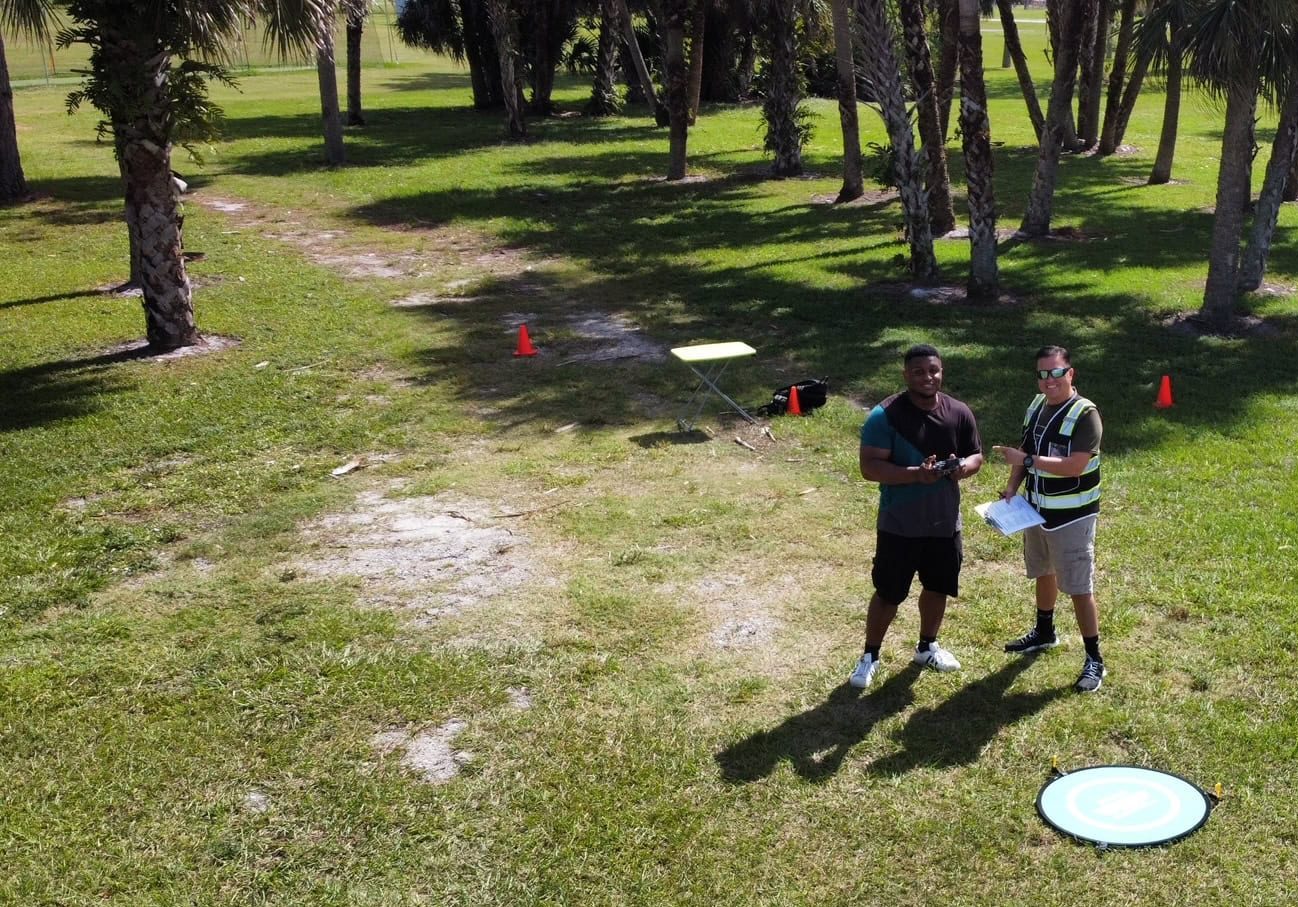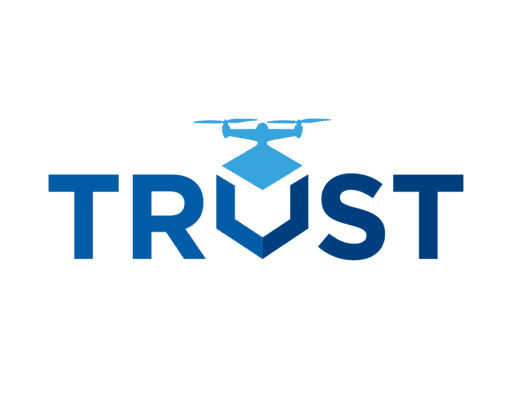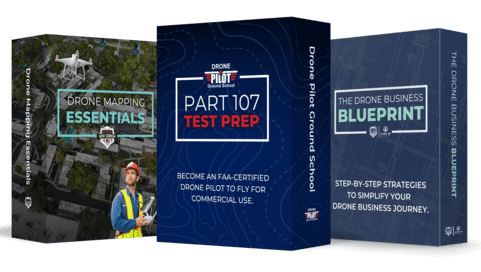Drone Laws in the United States of America
Drone regulations and links for people flying drones in the United States of America.
United States of America Drone Regulations
 According to the U.S. national aviation authority, the U.S. Federal Aviation Authority (FAA), flying a drone is legal in the U.S., but we recommend being aware of and compliant with the drone regulations listed below before doing so.
According to the U.S. national aviation authority, the U.S. Federal Aviation Authority (FAA), flying a drone is legal in the U.S., but we recommend being aware of and compliant with the drone regulations listed below before doing so.
Special Travel Considerations for Foreigners
If you’re traveling to the United States of America and want to bring your drone, the FAA lists these special considerations for foreigners who want to fly drones:
- Whether you plan to fly for fun or for work, you must register your drone with the FAA using the FAADroneZone portal.
- If you plan to fly your drone for recreation in the U.S., you must take The Recreational UAS Safety Test (TRUST) required by the FAA. We’re proud to be an FAA-approved test administrator. Take the free online training and receive your certificate of completion with UAV Coach. Additional rules for recreational/hobbyist flying are listed below.
- If you plan to fly for work, you must obtain a certificate from the FAA and follow the rules for commercial flying listed below.
- When traveling domestically in the U.S. with your drone, the U.S. Transportation Security Administration (TSA) allows you to travel with your drone but you must bring it in carry-on luggage only. You may not pack your drone in checked luggage. For information on traveling within the U.S. with a drone, see this page on the TSA website.
If you’d like to contact the FAA directly before you travel with any questions you might have, here is their contact information: UAShelp@faa.gov / +1 866 835-5322

Why fly a drone in the U.S.? To get great aerial shots like these!
General Rules for Flying a Drone in the United States of America
Here are some of the most important rules to know for flying a drone in the U.S. To see the drone laws for each state in the United States, scroll to the bottom of this page or visit our master list of drone laws. And here are some of the top places to fly your drone (organized by city) in the U.S.
Recreational / Hobbyist Rules—Flying for Fun
- You must take The Recreational UAS Safety Test (TRUST) required by the FAA. We’re proud to be an FAA-approved test administrator. Take the free online training and receive your certificate of completion with UAV Coach.
- You must fly for hobby or recreation ONLY (no side jobs or in-kind work allowed).
- You must register your UAV with the FAA on the FAADroneZone website.
- You must fly within visual line-of-sight.
- You must follow community-based safety guidelines and fly within the programming of a nationwide community-based organization (CBO) like the AMA.
- You must fly a drone under 55 lbs. unless certified by a community-based organization.
- You must never fly near other aircraft.
- You must fly in Class G airspace. If you need to fly in Class B, C, D or E controlled airspace, you need to apply for airspace authorization. Check out our LAANC authorization guide to better understand how that authorization process works.
- You must never fly near emergency response efforts.
Commercial Rules—Flying for Work
- You must hold a Remote Pilot Certificate issued by the FAA to fly commercially.
- You must register your UAV with the FAA on the FAADroneZone website.
- Your UAV must weigh less than 55 pounds, including payload, at takeoff.
- You must fly in Class G airspace.*
- You must keep your UAV within visual line-of-sight.*
- You must fly at or below 400 feet.*
- You must fly at or under 100 mph.*
- You must yield right of way to manned aircraft.*
- You cannot fly from a moving vehicle, unless in a sparsely populated area.*
*Excluding the weight requirement and the requirement to fly in Class G airspace, the above restrictions can be waived if you submit and receive a Part 107 waiver from the FAA.
The Class G airspace requirement can also be bypassed if you apply for and receive approval for special airspace authorization from the FAA. Check out our LAANC authorization guide to better understand how that authorization process works.
There are additional considerations for flying your drone at night and over people as well.
For more information on drone laws in the U.S., see this page on the FAA’s website.
Certification Requirements for Flying a Drone in the United States of America
To fly a drone for recreational purposes you must take The Recreational UAS Safety Test (TRUST) required by the FAA. We’re proud to be an FAA-approved test administrator; take the free online training and receive your certificate of completion with UAV Coach.
To fly a drone for commercial purposes in the U.S. you must obtain a Remote Pilot Certificate from the FAA. Here are the requirements for obtaining a certificate:
- You must be able to read, speak, write, and understand English (exceptions may be made if the person is unable to meet one of these requirements for a medical reason, such as hearing impairment).
- You must be in a physical and mental condition to safely operate a small UAS.
- You must be at least 16 years old.
- You must pass an Aeronautical Knowledge Test—also known as the Part 107 test—at an FAA-approved knowledge testing center.
- You must undergo Transportation Safety Administration (TSA) security screening.
For more information on how to obtain a Remote Pilot Certificate see this page on the FAA’s website, as well as our free guide to the FAA’s certification process. Here’s another guide we wrote about how to get your drone pilot license.
Want to get a feel for the kind of footage you could get flying a drone in the U.S.? Here you go:
Drone Laws, Organized by U.S. State
States are organized alphabetically, and each link will direct you to a separate page that highlights important drone law links for that particular country.
A B C D E F G H I J K L M N O P Q R S T U V W X Y Z
A
Alabama – AL
Alaska – AK
Arizona – AZ
Arkansas – AR
C
California – CA
Colorado – CO
Connecticut – CT
I
Idaho – ID
Illinois – IL
Indiana – IN
Iowa – IA
M
Maine – ME
Maryland – MD
Massachusetts – MA
Michigan – MI
Minnesota – MN
Mississippi – MS
Missouri – MO
Montana – MT
N
Nebraska – NE
Nevada – NV
New Hampshire – NH
New Jersey – NJ
New Mexico – NM
New York – NY
North Carolina – NC
North Dakota – ND
O
Ohio – OH
Oklahoma – OK
Oregon – OR
S
South Carolina – SC
South Dakota – SD
W
Washington – WA
West Virginia – WV
Wisconsin – WI
Wyoming – WY

















